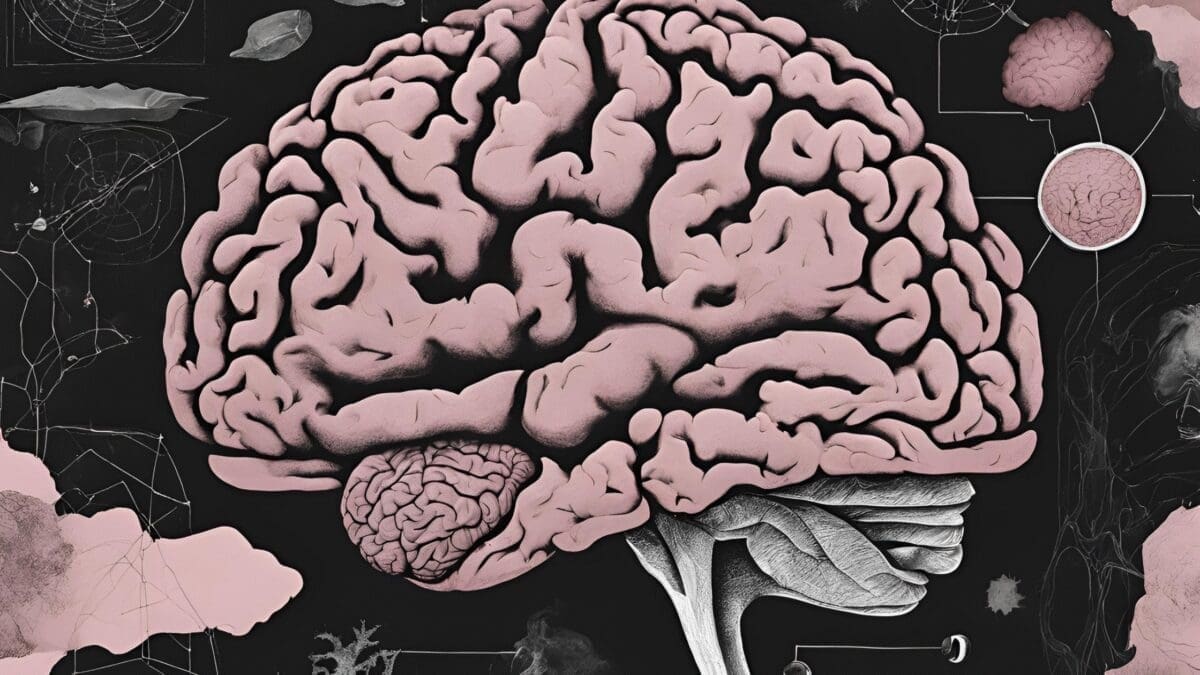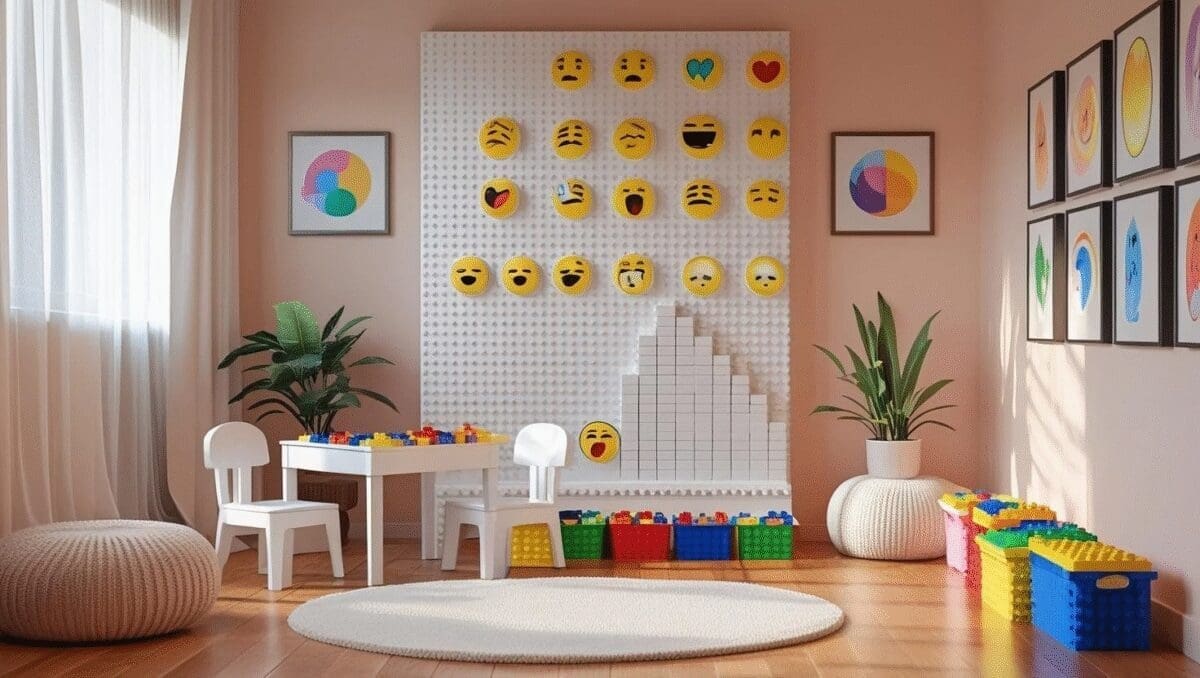There’s something tender about the start of a new year. The quiet in-between days after the holidays feel like a soft exhale—a pause before we begin again. Yet for many of us, that calm quickly turns into pressure: new planners, color-coded goals, and the relentless whisper of “do more.”
I’ve seen this pattern in my clients—and in myself. We chase structure when what we really crave is meaning. We fill our calendars when what we need is connection. This article is for those of us ready to step off that treadmill and set goals that heal, not harm.
Let’s talk about gentle goal setting for 2026—a way to create direction without losing your peace.
Start with Stillness, Not Strategy
Before we rush into resolutions, let’s pause. Sit with a cup of tea. Let the steam rise and curl. Feel your breath slow down.
Gentle goal setting begins with noticing—how your body feels, what your heart longs for, what you’re truly tired of. When I do this reflection, I often write in my linen-covered journal while soft instrumental music plays in the background. The goal isn’t to decide anything yet. It’s to listen.
When we start from stillness, our goals grow from truth instead of noise. Instead of “I should work out more,” you might find, “I want to feel stronger carrying my child” or “I miss walking by the river after work.” Those are seeds of sustainable change.
Reflect on the Past Year with Compassion
It’s tempting to review the past year like an audit—what we achieved, what we didn’t, how far we fell short. But gentle goal setting asks a different question: What did this year teach me about being human?
In my sessions, I often guide clients to view reflection as dialogue, not judgment. I’ll ask:
- What moments made you feel most alive?
- When did you feel most drained?
- Which habits brought you peace, not pressure?
I do this too, often with a cozy candle flickering beside me. It’s amazing how warmth changes our mindset—soft lighting signals safety, which invites honesty.
So light a candle, open your heart, and write without editing. You’re not fixing yourself—you’re meeting yourself.
Redefine Success as Alignment
In traditional goal setting, success looks like numbers—clients booked, pounds lost, money saved. But real success, the kind that feels nourishing, is alignment.
Ask yourself: Does this goal match the season I’m in?
There were years I pushed hard—building my practice, saying yes to every opportunity. Then, one year, burnout quietly moved in. I realized that growth without rest isn’t growth—it’s erosion.
Now, I measure success by how well my values and actions match. A slow morning walk with my coffee counts as much as answering all my emails. A day spent reconnecting with friends is just as valuable as a productivity streak.
That’s alignment. That’s sustainable success.
Choose Themes, Not Tasks
Instead of rigid resolutions, try choosing a yearly theme.
Think of it as a guiding word that anchors your choices—something that reminds you of how you want to feel, not just what you want to do.
In 2024, my theme was “ease.” Every time I felt torn between options, I asked, “What would bring more ease?” It shaped my days more profoundly than any checklist ever did.
Your word might be nourish, courage, connection, softness, or focus. Write it on a small card and place it somewhere visible—a mirror, your therapy office, or inside your planner.
You can even frame it beside a small indoor plant or a crystal candle holder for a visual reminder. Little details like that make your intention part of your daily environment.
Create Goals Around Feelings, Not Outcomes
Traditional goal setting often starts with “what do I want to achieve?” But gentle goal setting begins with “how do I want to feel?”
Wanting to feel grounded might lead you to start meditating for five minutes before each session. Wanting to feel connected might inspire a monthly friend dinner.
This shift from outcome to emotion transforms goals into self-care. You’re not chasing a result—you’re cultivating an experience.
I often suggest clients use sensory anchors for this: scents, textures, or sounds that evoke the feelings they’re seeking. Lavender oil for calm. Soft linen sheets for rest. Instrumental playlists for focus.
These simple cues help turn abstract intentions into embodied practices.
Build Rest Into Your Goals
This might sound radical—but what if “rest” became one of your official 2025 goals?
I used to write goals like “launch new course,” “grow email list,” “exercise daily.” Now I include “have a slow breakfast,” “read fiction for pleasure,” and “protect one screen-free evening a week.”
Rest is not the opposite of ambition—it’s the foundation that makes ambition sustainable.
If you’re a therapist or caregiver, your nervous system needs regular replenishment. Try adding micro-rest moments to your workday: stretch between sessions, sip tea slowly, step outside for a minute of sunlight.
Over time, these tiny pauses build resilience far better than caffeine ever could.
Design Your Space to Reflect Your Intentions
Environment shapes emotion. When my office feels calm and beautiful, I work differently—slower, more present, more creative.
Try a small refresh for 2025:
- Add a warm-toned desk lamp for softer light.
- Keep a small bowl of grounding stones or shells on your table.
- Choose art that mirrors your theme—abstract calm blues, earthy browns, or botanical prints.
These subtle design choices are more than decor; they’re cues for the nervous system. Your surroundings whisper, It’s safe to slow down here.
And if you’re updating your therapy office, consider incorporating tactile textures—linen curtains, a velvet cushion, or a wool throw. They engage the senses and subtly communicate warmth.
Practice Gentle Accountability
Gentle goal setting doesn’t mean avoiding accountability—it means redefining it.
Instead of rigid check-ins, think of reflection as conversation. Ask: “Is this still serving me?” rather than “Am I failing?”
I often schedule a quiet Sunday evening once a month for this kind of reflection. I light a candle, open my planner, and write a few notes: what felt good, what felt forced, what I might want to shift.
When goals become outdated, I release them without guilt. That’s self-compassion in practice.
Because goals are not contracts—they’re companions. They walk with us, evolve with us, and sometimes, they rest beside us until we’re ready to move again.
Closing Reflection
As 2026 unfolds, remember: you don’t have to become a “new you.” You’re already enough.
Gentle goal setting isn’t about fixing—it’s about tending. You’re tending to your growth, your peace, and your joy. And that, in itself, is deeply productive.
So take a deep breath, light your candle, and whisper your word for the year. Let it guide you softly forward.
May this be the year you create not just goals—but a life that feels like home.

About the Author
Hi, I’m Eve, a former school counselor with a master’s degree in School Psychology and a passionate advocate for children and families navigating sensory challenges. As a mom of children with sensory sensitivities, I deeply understand the journey special-needs parents face, and I dedicate myself to researching and sharing practical solutions to help children thrive and feel comfortable in their bodies. My goal is also to empower counselors, therapists, and psychologists with creative strategies and supportive resources to enrich their everyday practice. When I’m not writing or exploring new therapeutic approaches, you’ll find me spending quality time with my family and continually seeking inspiration from everyday moments.



